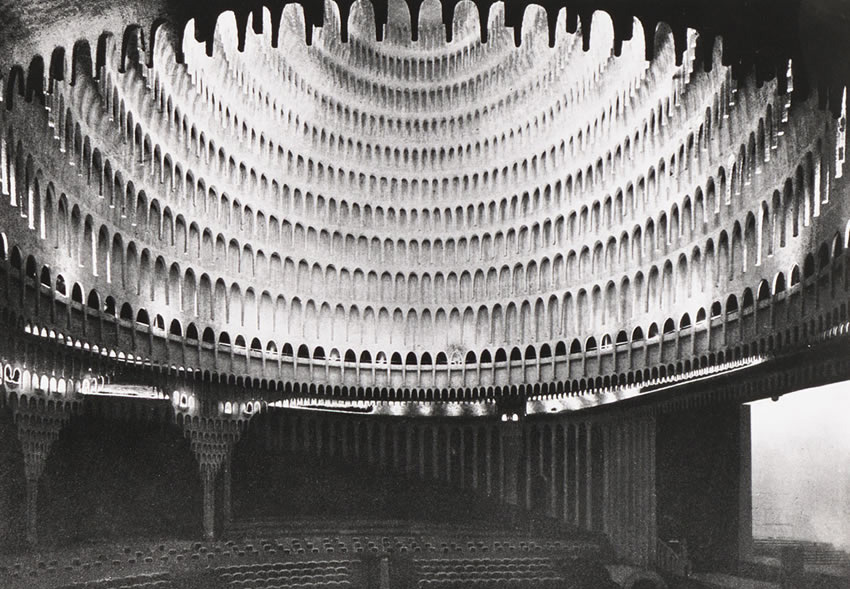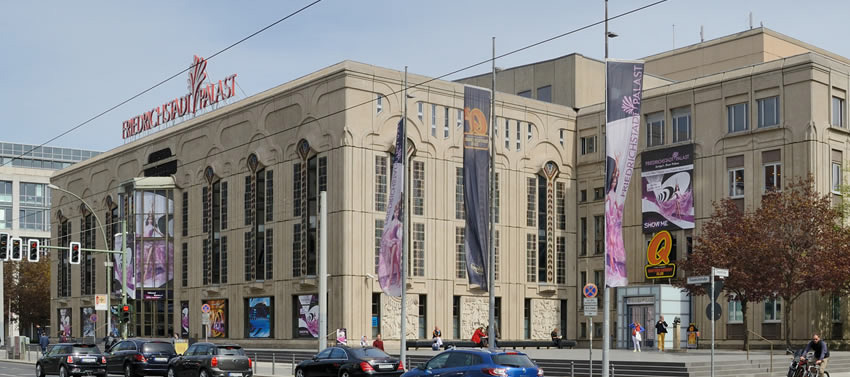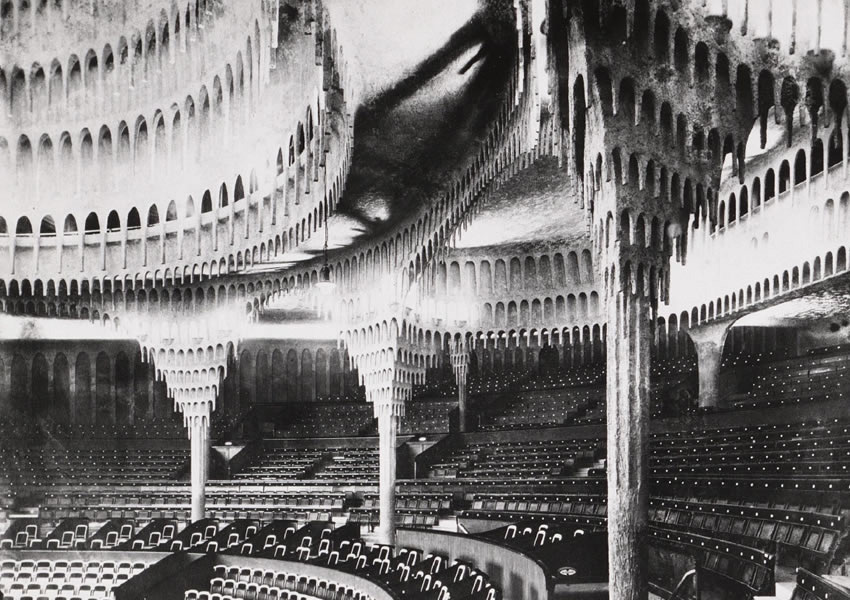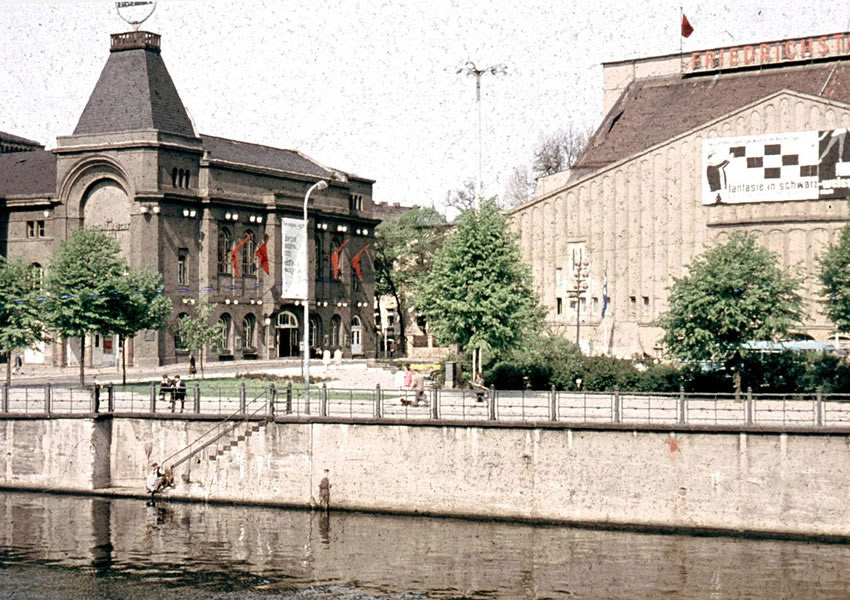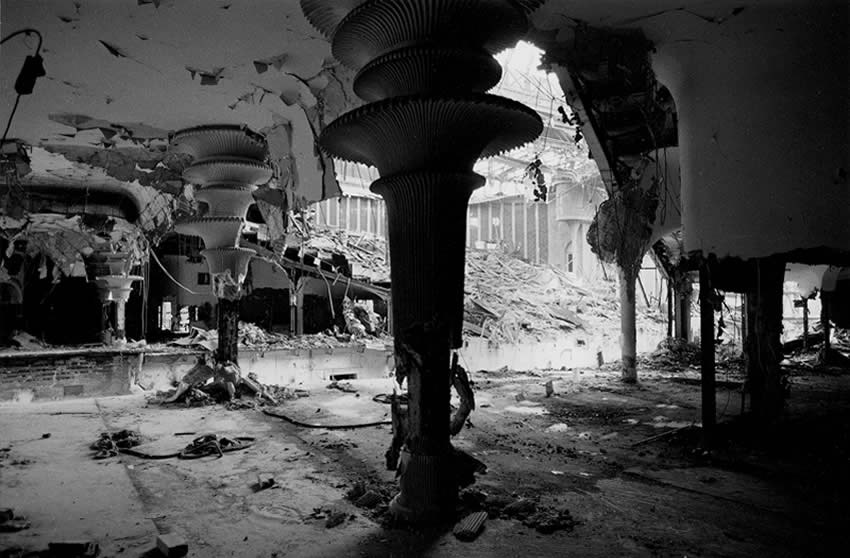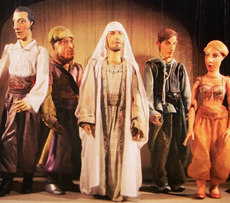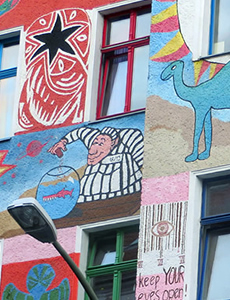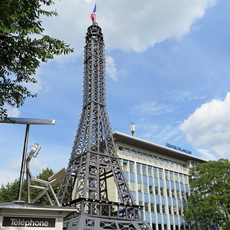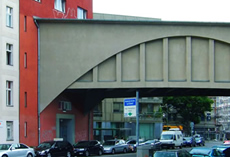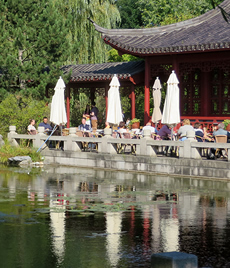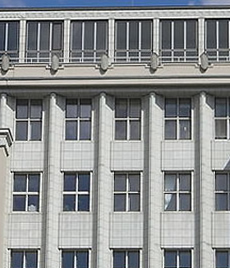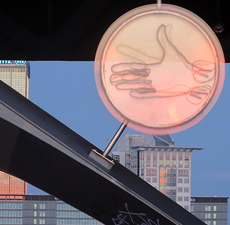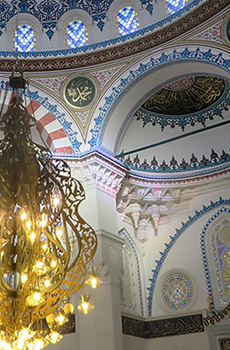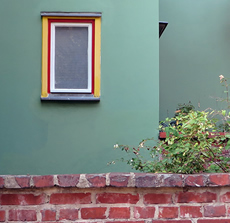Berlin
A theatre unlike any other
With its stained glass and unusually decorative 'Plattenbau' concrete facade, the GDR-era theatre Friedrichstadt-Palast (below) is a surprisingly glamorous contrast to Berlin's drearier socialist architecture.
Dating from 1984, and one of the last major projects completed in the former East, the building is also something of a technical marvel, boasting the largest stage in Europe.
But it's simply no match for the vanished venue with which it shares a history.
In 1919, the impresario Max Reinhardt opened the Grosses Schauspielhaus, a newly refurbished theatre with an extraordinary Expressionist interior by Hans Poelzig.
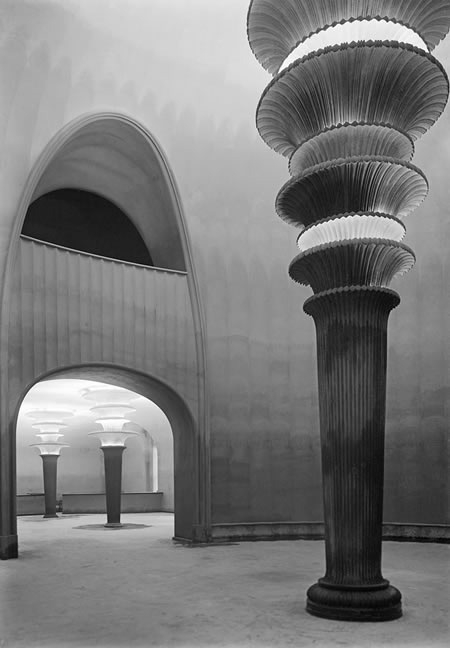
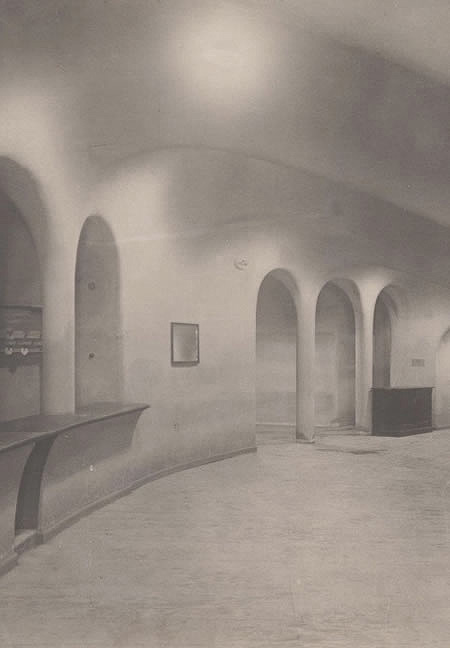
The entrance foyer was adorned with fountain-like columns, and led to a cavernous, domed amphitheatre hung with stylised 'stalactites'. This vast grotto was dramatically lit with coloured lights, and even the ceiling was dotted with lightbulbs emulating the night sky's stars.
Berliners had never seen anything quite like it, and the amazing architecture was matched by the theatre's highly advanced technology, which included a large revolving stage and other innovations.
From 1924, under new artistic director Erik Charell, the Grosses Schauspielhaus began to produce the kind of lavish, risqué revues typical of Berlin's decadent 1920s nightlife.
But then the Nazis came to power, and everything changed.
The building was seized in 1934, and renamed Theater des Volkes - The People's Theatre. The spectacular vaulted dome was considered 'degenerate' and either hidden beneath a fake ceiling, or removed completely - reports are unclear. Operettas and Nazi propoganda were staged here until 1945, when the theatre was damaged by World War II bombing.
In 1947, now located in the post-war Soviet sector, the theatre experienced yet another change in fortune when it became state property and received the name Friedrichstadt-Palast.
Revues were once again staged here right up until 1980, when suddenly, GDR authorities declared the old theatre unsafe. Today's Friedrichstadt-Palast was constructed nearby as a replacement, and heartbreakingly, Poelzig's masterpiece was then bulldozed.
A block of luxury flats now stands in its place, and the 'new' Friedrichstadt-Palast still produces the kind of opulent shows its predecessor pioneered in the 1920s.
But the greatest spectacle of all - that extraordinary, iconic interior - will never again take centre stage.
Further facts
In 2015, the Friedrichstadt-Palast unveiled a memorial to Max Reinhardt, Hans Poelzig and Erik Charell. Designed to represent the imaginary beam of a theatre spotlight, the imposing monument can be seen outside the theatre in Friedrichstrasse.
See also:
A 1920s silent movie cinema
An amazing Expressionist church
Hidden remnants of Berlin's greatest monument
Friedrichstadt-Palast: Friedrichstraße 107, 10117 Berlin. The former Friedrichstadt-Palast stood beside the Berliner Ensemble on Schiffbauerdamm.
